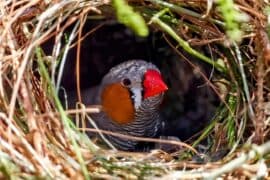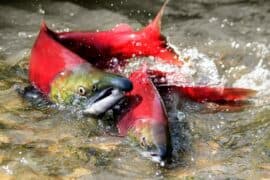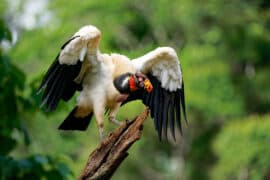Antheraea assamensis
(Antheraea assamensis)
Description
Antheraea assamensis, the muga silkworm as larva and Assam silkmoth as an adult, is a moth of the family Saturniidae. The species was first described by T. W. Helfer in 1837. It is found in Assam in northeast India where 99% of its production occurs. The larva feed on Cinnamomum, Laurus, Litsea, Carpinus, Persea, Magnolia, Michelia, Quercus, Sarcostemma and Symplocos. Its silk, one of the varieties of tussar silk, has a glossy golden hue which improves with age and washing. It is never bleached or dyed and is stain resistant. It was reserved for the exclusive use of royal families in Assam for 600 years. Like other silkmoths, the female has a larger abdomen and slender antennae when compared to males. The larvae are vibrantly coloured and are monophagous as other silkmoths. In 2015, Adarsh Gupta K of Nagaraju's research team at Centre for DNA Fingerprinting and Diagnostics, Hyderabad, India, discovered the complete sequence and the protein structure of muga silk fibroin and published it in Nature Scientific Reports. In 2009, Utpal Bora and his team at the Indian Institute of Technology Guwahati in Assam reported the potential of using muga silk fibroin as a promising biomaterial for tissue engineering applications.
Taxonomic tree:







